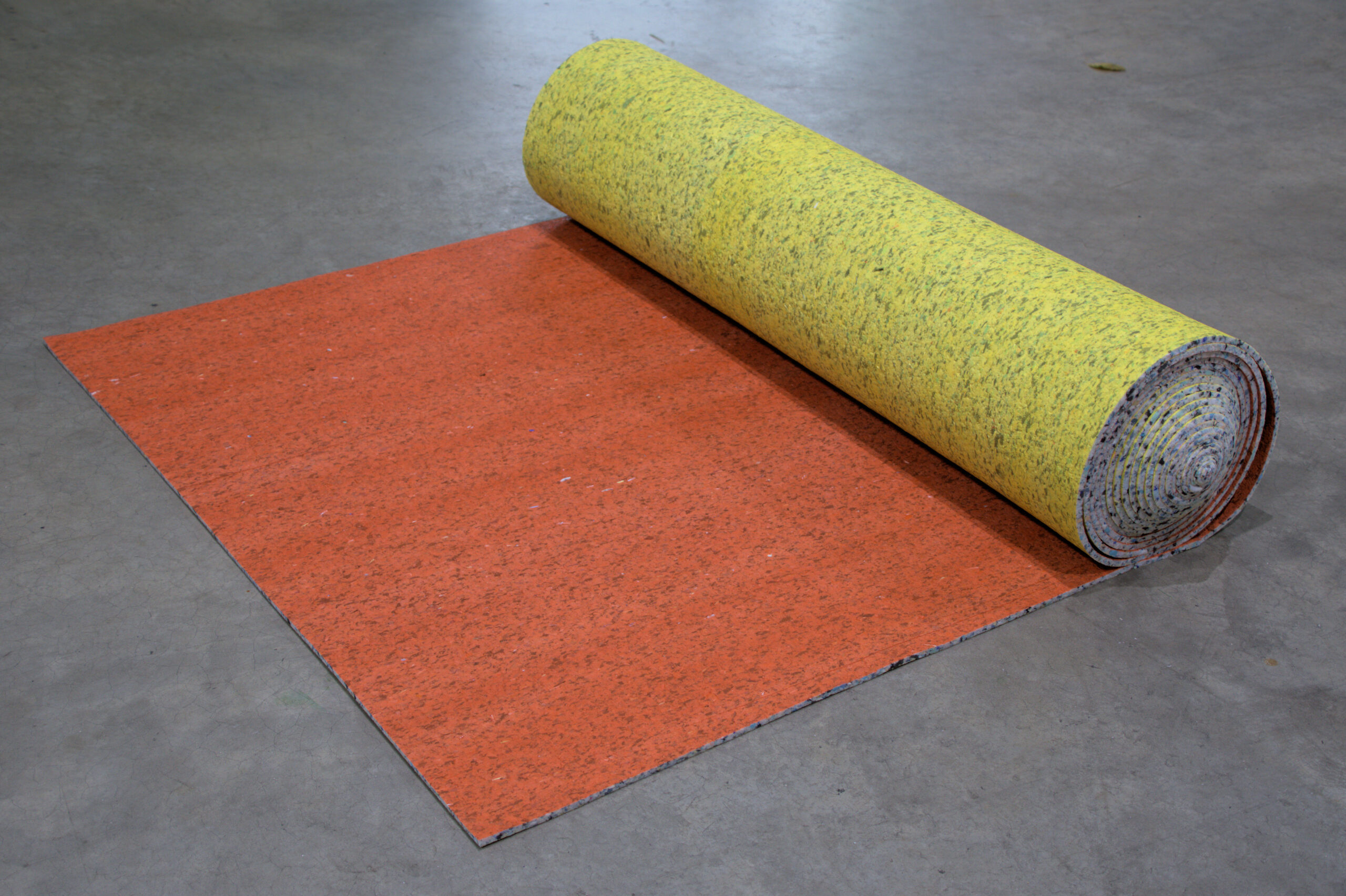Carpet underlay is a crucial yet often overlooked component of a carpet installation. It provides numerous benefits that enhance the comfort, durability, and overall performance of your carpeting. Understanding the importance of carpet underlay and choosing the right type can significantly impact the lifespan and feel of your carpet.
One of the primary functions of carpet underlay is to add a layer of cushioning. This cushioning effect makes walking on the carpet more comfortable, providing a softer and more luxurious feel underfoot. The additional padding absorbs the impact of footsteps, reducing strain on your feet and joints. This is particularly beneficial in high-traffic areas or in homes with young children who spend a lot of time playing on the floor.
Carpet underlay also plays a vital role in extending the life of your carpet. By providing a buffer between the carpet and the subfloor, the underlay reduces the friction and wear that occur with regular use. This helps to prevent the carpet fibers from flattening and becoming damaged, maintaining the carpet's appearance and texture for a longer period. Investing in a good quality underlay can therefore save you money in the long run by delaying the need for carpet replacement.
In addition to comfort and durability, carpet underlay offers excellent insulation properties. It acts as an extra barrier that helps to retain heat, making your home warmer and more energy-efficient. This can be particularly advantageous in colder climates or during winter months, as it can reduce heating costs by maintaining a consistent indoor temperature. Furthermore, underlay provides sound insulation, dampening noise and creating a quieter living environment. This is especially useful in multi-story homes or apartment buildings where noise reduction between floors is important.
There are various types of carpet underlay available, each designed to meet specific needs and preferences. Foam underlay is one of the most popular choices, known for its excellent cushioning and insulation properties. It is lightweight and easy to install, making it a convenient option for many homeowners. Rubber underlay, on the other hand, is highly durable and offers superior sound insulation, making it ideal for busy households and commercial settings. Felt underlay, made from recycled fibers, provides a firm base and is an eco-friendly option that combines comfort with sustainability.
When selecting carpet underlay, it is essential to consider factors such as thickness and density. A thicker underlay generally offers better cushioning and insulation, but it may not be suitable for all carpet types or room conditions. Density is equally important; a denser underlay provides better support and durability, which is crucial for high-traffic areas. Consulting with a professional can help you determine the best underlay for your specific carpet and room requirements.
Installation of carpet underlay is a straightforward process, but it must be done correctly to ensure optimal performance. The underlay should be cut to fit the room dimensions precisely, and it should be laid flat without any wrinkles or gaps. Securing the underlay with adhesive or staples ensures it stays in place, providing a stable foundation for the carpet.
Proper maintenance of both the carpet and underlay is essential to maximize their longevity. Regular vacuuming and occasional deep cleaning can help to remove dirt and debris that may affect the underlay's performance. Addressing spills and stains promptly prevents moisture from seeping through the carpet and damaging the underlay.
In conclusion, carpet underlay is an integral part of any carpet installation, offering enhanced comfort, durability, insulation, and soundproofing. By choosing the right type of underlay and ensuring proper installation and maintenance, you can significantly improve the performance and lifespan of your carpet, creating a more comfortable and efficient living space. Investing in quality underlay is a wise decision that pays off in both immediate comfort and long-term savings.

Comments
Post a Comment